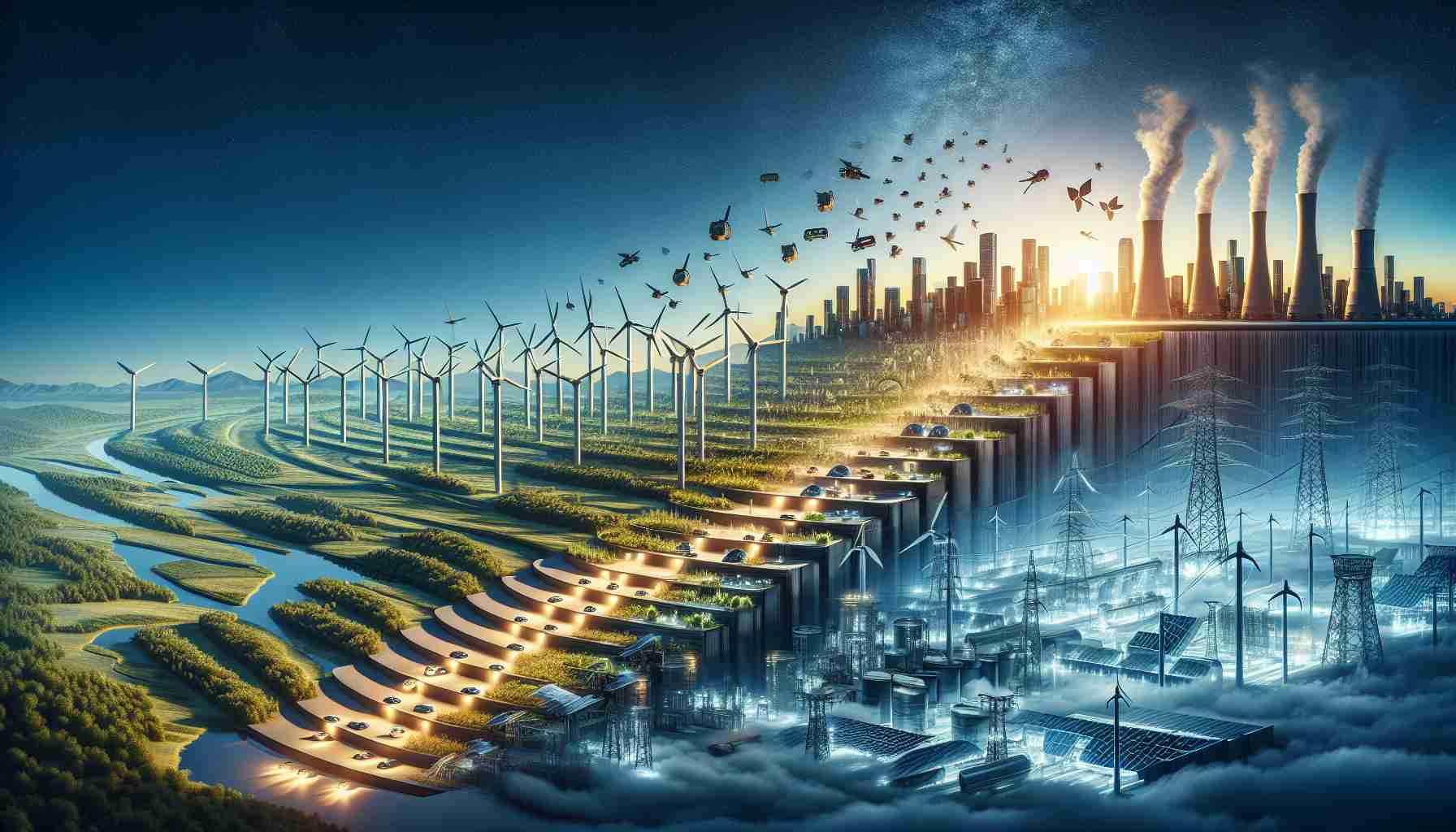A Paradigm Shift in Energy Sectors: Innovative technologies are revolutionizing the energy sector, offering new possibilities and reshaping traditional practices. From renewable energy distribution to grid management, these advancements are propelling the industry forward.
Embracing Efficiency Through Automation: Automation plays a pivotal role in optimizing energy operations, leading to increased efficiency, reduced costs, and greater reliability in energy supply. By incorporating blockchain technology, real-time data sharing and analysis enable streamlined grid management and system flexibility, paving the way for a more sustainable energy ecosystem.
Unlocking Growth Opportunities: Market players are focusing on real-time strategies and robust business models to meet the surging demand in the utility sector. Companies like SAP SE, Microsoft Corp., and IBM Corporation are at the forefront of driving innovation and transformation in the energy industry with blockchain technology.
Future Outlook: The projected growth of the energy sector market is significant, with private blockchain networks expected to witness accelerated expansion. Grid management, energy trading, and government risk compliance segments are poised for rapid growth, driven by the increasing integration of renewable energy sources and the shift towards electric mobility.
Exploring Emerging Markets: While North America currently dominates the global market, regions like Europe, Asia-Pacific, Latin America, and the Middle East & Africa present emerging opportunities for technological advancements and strategic developments in the energy sector.
In conclusion, the energy landscape is undergoing a profound transformation, propelled by cutting-edge technologies like blockchain. As the industry continues to evolve, collaboration between key stakeholders and innovative solutions will be crucial in shaping a more sustainable and efficient energy future.
Additional Relevant Facts:
– The energy sector is one of the largest contributors to global greenhouse gas emissions, making the transition to renewable energy sources crucial for combating climate change.
– Innovation in energy storage technologies, such as advanced batteries and power-to-gas systems, is essential for enabling the widespread adoption of renewable energy and ensuring grid stability.
– The concept of energy decentralization, where power generation is distributed across various small-scale renewable sources like solar panels and wind turbines, is gaining traction as a more efficient and resilient alternative to centralized power plants.
Key Questions:
1. How can regulatory frameworks be adapted to support the integration of innovative energy technologies into existing infrastructure?
2. What are the cybersecurity risks associated with increased automation and digitalization in the energy sector, and how can they be mitigated effectively?
3. How can stakeholders ensure equitable access to the benefits of energy transformation, particularly in underserved communities and developing regions?
Key Challenges:
– Interoperability: Ensuring different energy systems and technologies can communicate and operate seamlessly together.
– Data Privacy and Security: Safeguarding sensitive information related to energy transactions and infrastructure from cyber threats.
– Investment and Financing: Overcoming financial barriers to deploying innovative technologies at scale and ensuring cost-effectiveness.
Advantages and Disadvantages:
-Advantages:
1. Increased Energy Efficiency: Automation and digital technologies can optimize energy usage and reduce waste.
2. Sustainability: More widespread adoption of renewable energy sources can lead to a significant reduction in greenhouse gas emissions.
3. Economic Growth: Innovation in the energy sector can create new job opportunities and drive economic development.
-Disadvantages:
1. Initial Costs: Implementing new technologies can require significant upfront investments.
2. Technological Barriers: Some regions may lack the infrastructure or expertise needed to fully leverage innovative energy solutions.
3. Disruption: The transition to a new energy landscape may disrupt traditional energy markets and business models, leading to resistance from vested interests.
Suggested related links:
– International Energy Agency
– U.S. Department of Energy
– International Renewable Energy Agency



